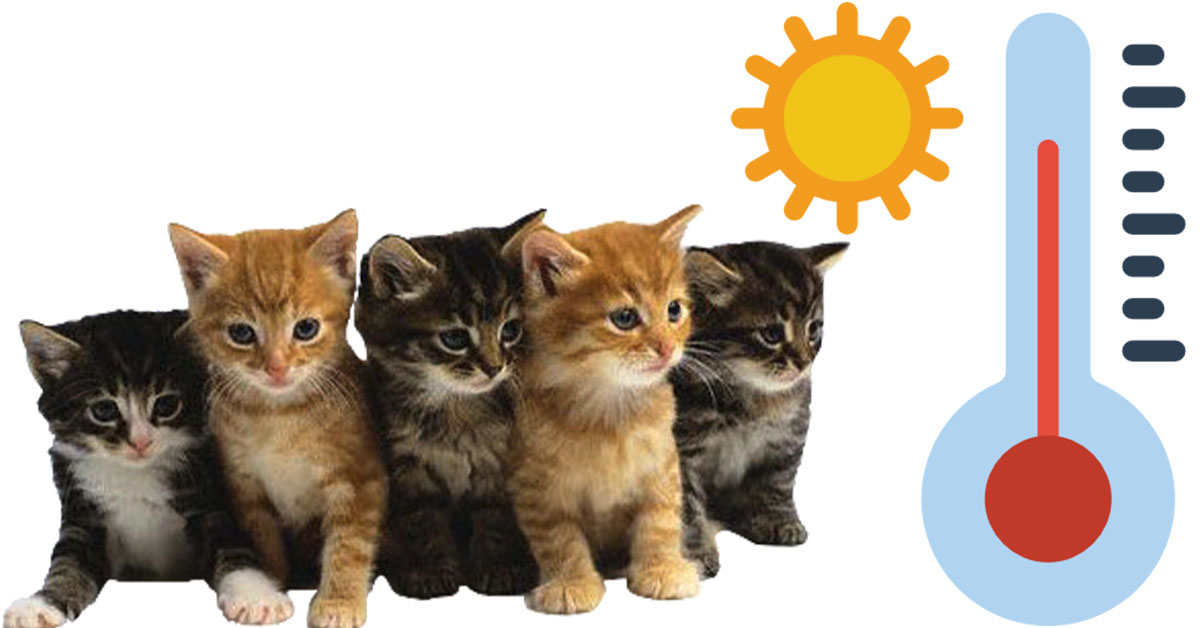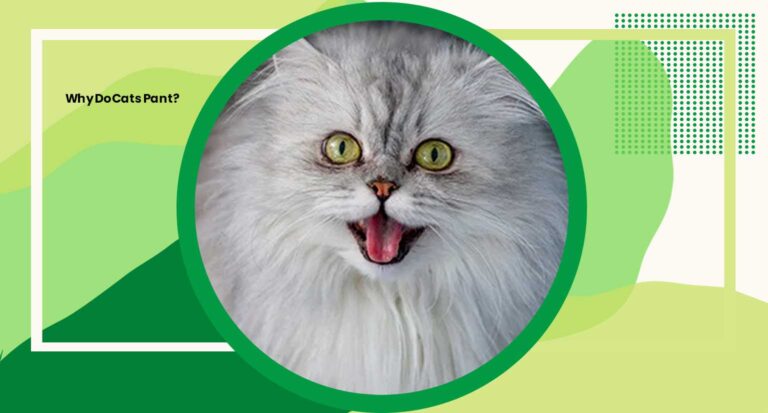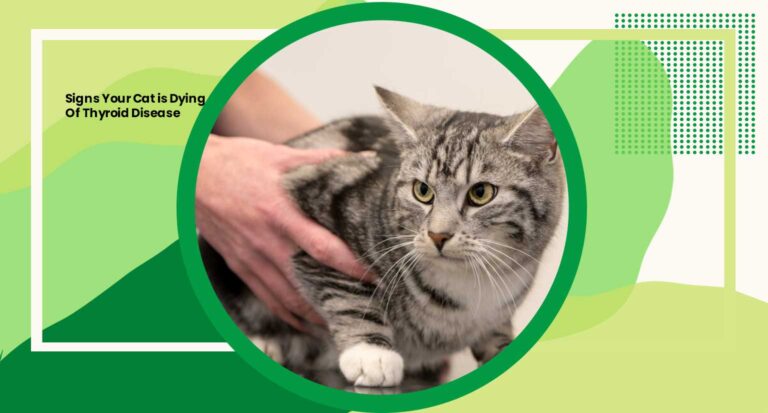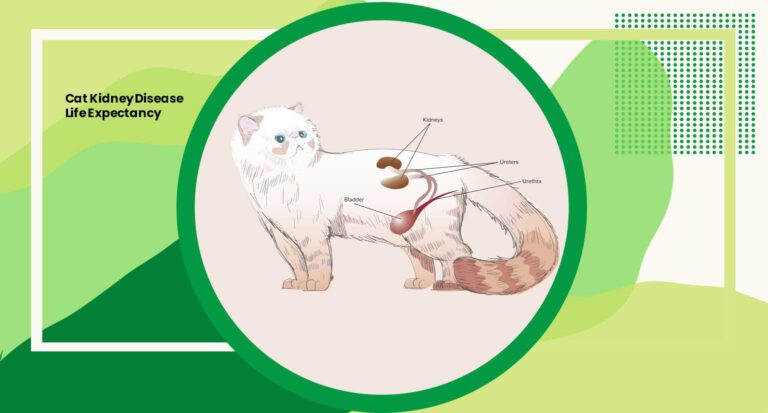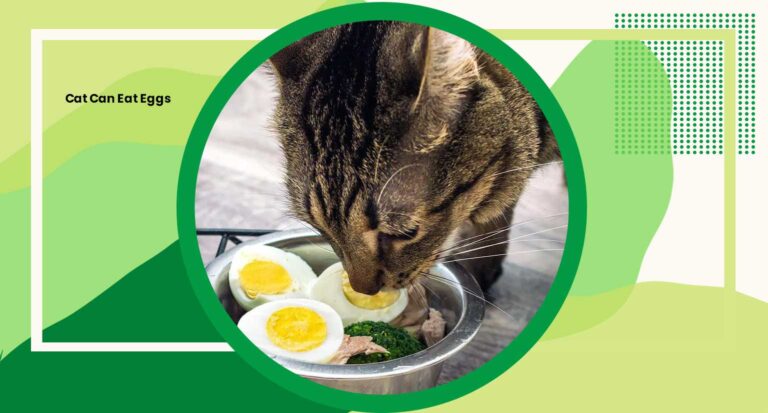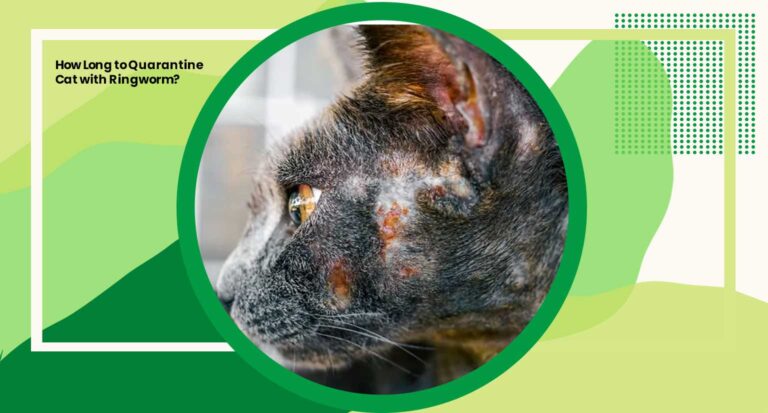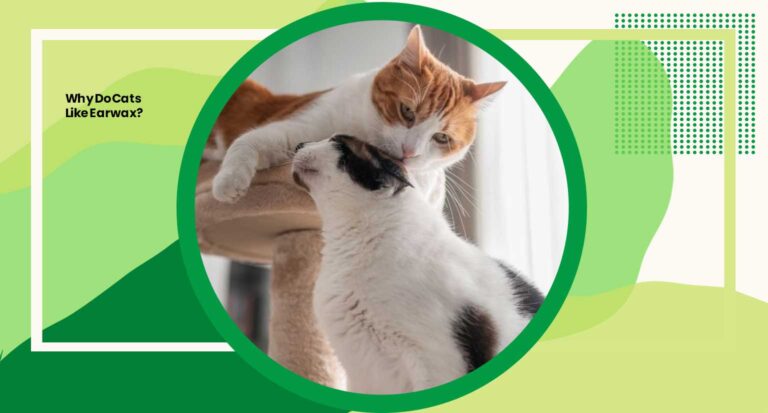Best Temperature for Cats
Understanding the best temperature for cats is essential for every responsible cat owner. Whether you have an indoor cat lounging around or an outdoor cat exploring the neighborhood, the temperature of their environment can significantly impact their health and happiness. This article provides a comprehensive guide on how to ensure the right temperatures for your feline friend, from the heat of the summer months to the chill of the winter months.
Understanding a Cat’s Normal Body Temperature
The first step in determining the best temperature for cats involves understanding a cat’s normal body temperature. Domestic cats typically have an average body temperature ranging from 100.4 to 102.5 degrees Fahrenheit. This is higher than the average body temperature of humans, so your furry friend may prefer warmer temperatures than you do.
Monitoring your cat’s temperature can help detect health problems early on. A rectal thermometer is the most accurate tool to measure a cat’s body temperature, but a digital thermometer can also suffice. If your pet cat exhibits a temperature outside the normal range, it may be a sign of a health condition, like thyroid problems or an issue with the immune system, and should be addressed by a veterinarian.
How Extreme Temperatures Affect Cats
Extreme temperatures, both high and low, can be challenging for cats. During hot weather, cats can suffer from heat stroke or heat exhaustion. On hot days, indoor temperatures can rise significantly, making it uncomfortable for your feline friend. Outdoor cats need plenty of fresh water and cool places to avoid overheating. An air conditioner or plenty of cool water can keep your pet comfortable.
Conversely, cold weather can be particularly harsh for cats, especially for hairless breeds and older cats with a weakened immune system. Cold temperatures can lead to hypothermia if a cat’s body temperature drops too low. In colder weather, it’s a good idea to provide warm bedding and heated cat beds to help maintain your cat’s body heat. Especially in the winter months, keeping your indoor cats warm and comfortable is crucial.
Effects of Cold Weather
During colder months, low temperatures can pose significant risks to your pet. Cats, especially those who are hairless, have less body fat or are older, are at a higher risk of developing hypothermia and other health issues. When the temperature dips, these cats may have trouble maintaining their body heat. Severe hypothermia can lead to serious health problems and should be treated by a vet immediately.
Outdoor cats are also more exposed to cold climates. Long-haired breeds like Maine Coons and Norwegian Forest Cats have thick coats that can withstand cooler temperatures, but even they need a warm and cozy place to retreat when the weather turns harsh. As a cat owner, ensuring a warm space for your feline friend to escape the cold is the best way to support their health in the cold season.
Effects of Hot Weather
On the other side of the temperature range, extreme heat can be as harmful to cats as cold weather. On a hot summer day, cats can experience heat stroke or heat exhaustion. Both indoor and outdoor cats are at risk during the summer months. Cats with higher body temperatures may feel the heat more intensely and become susceptible to health issues.
Higher temperatures can be especially dangerous for older cats and those with existing health conditions. It’s vital that all cats, but particularly these more vulnerable ones, have access to cool water, cool places, and air conditioning to beat the heat. In addition, long-haired breeds and cats with dark coats may suffer more in hot weather due to their higher insulation and heat absorption, so extra care should be taken for these feline friends.
Ideal Indoor Temperatures for Cats
When it comes to finding the best temperature for cats indoors, there are a few factors to consider. As a general rule, an ideal house temperature for cats ranges from 70 to 80 degrees Fahrenheit. Most cats are comfortable within this temperature range and will seek out warm spaces or cooler spots within the home to adjust their body temperature as needed.
Indoor cats, in particular, rely on a consistent indoor climate to maintain their health. In colder months, a heated cat bed or warm bedding can provide a cozy place for your pet to curl up. On hotter days, ensuring that your cat has access to cooler rooms and plenty of fresh water is vital.
Remember, hairless cats or those with less body fat may require a warmer indoor environment. Similarly, older cats or those with health issues may need a more closely monitored temperature for their comfort and health.
Ideal Outdoor Temperatures for Cats
Outdoor cats, unlike their indoor counterparts, face a wide range of temperatures. As a cat parent, it’s important to understand what’s comfortable for them and when they may need additional support. Generally, outdoor cats are comfortable when the outdoor temperatures range from 45 to 90 degrees Fahrenheit. However, remember that even within this range, cats will seek out cool or warm spaces to adjust their body temperature as needed.
During hot days, ensure that your cat has access to plenty of fresh water and shaded areas where they can escape the heat. On the other hand, in cold weather, it’s important to provide a warm, insulated shelter where your cat can retreat from cold temperatures. Regardless of the season, the best way to keep your outdoor cat safe is to monitor the weather conditions and provide the necessary resources for your pet.
Also, consider your cat’s breed when gauging the right outdoor temperature. Long-haired cats like Siberian Cats and Maine Coons are better equipped to handle cooler weather, while Sphynx cats and other hairless breeds may struggle with lower temperatures. Understanding the needs of your cat’s breed can help you provide the best care in any weather condition.
Considering Cats’ Age and Health Conditions
Age and health conditions also play significant roles in determining the best temperature for cats. Senior cats, in particular, may struggle to regulate their body temperature and can be more susceptible to temperature extremes. Providing a warm place during colder temperatures and a cool space during higher temperatures can help manage their comfort and health.
Cats with certain health problems may also be more sensitive to temperature changes. For instance, cats with thyroid problems may struggle to maintain their internal temperature, making them more vulnerable to extreme temperatures. If you notice any concerning symptoms in your cat, such as lethargy, excessive panting, or shivering, consult with your vet right away.
Ensuring the right temperature for your feline friend isn’t just about comfort—it’s crucial for their health. As pet parents, keeping a close eye on the temperature and observing your cat’s behavior can make a world of difference in their well-being.
Tips for Cat Owners
Being a pet parent means going the extra mile for your feline companion, and temperature management is no exception. Here are some tips to ensure your cat is always comfortable, regardless of the weather:
- Monitor their behavior: Cats are quite adept at seeking out the right temperature. They may find a cool tile floor on a hot day or a warm sunny spot during colder months. If your cat is spending a lot of time in one particular spot, it might indicate they are trying to adjust their body temperature.
- Invest in a heated cat bed: For colder climates or winter months, a heated cat bed can provide a cozy retreat for your cat. These are especially useful for hairless cats or older cats that may have trouble maintaining body heat.
- Provide fresh water: Ensure your cat has access to plenty of fresh water. This is especially important during hotter months when dehydration can occur quickly.
- Air conditioning and fans: If you live in a place with hot weather, having an air conditioner or fans can help keep the temperatures inside your house comfortable for your cat.
- Outdoor shelter: If your cat spends time outside, ensure they have a shelter to protect them from the elements. This could be a warm shelter for cold weather or a shaded area for the summer months.
- Regular Vet check-ups: Regular vet visits can help identify any health issues that may affect your cat’s temperature regulation. If you notice your cat behaving unusually or showing signs of being too cold or too hot, contact your vet immediately.
By keeping these tips in mind, you can ensure that your furry friend stays comfortable and healthy in any weather.
Looking for Signs of Discomfort
One of the best ways to tell if your cat is uncomfortable with the temperature is to observe their behavior. Following signs can indicate that your cat may be too hot or too cold:
- Excessive grooming: Cats often groom themselves to cool down. If you notice your cat grooming more than usual, it might be a sign they’re trying to cool down.
- Panting: While not as common as in dogs, cats may pant when they’re too hot.
- Lethargy: If your cat is unusually inactive, it could be a sign of heat exhaustion. In cold weather, lethargy could indicate that your cat’s body temperature is too low.
- Seeking shelter: If your cat is hiding or seeking secluded places more than usual, they may be trying to protect themselves from extreme temperatures.
- Shivering: This is a clear sign that your cat is too cold and needs to warm up.
If you notice any of the above symptoms in your cat, try to adjust their environment to make them more comfortable. If the symptoms persist, seek veterinary care immediately. Regular monitoring and awareness of your cat’s behavior are crucial to keep them safe and comfortable in any weather.
Providing Suitable Shelter
Whether your cat is an indoor feline, an outdoor adventurer, or a bit of both, providing suitable shelter can make all the difference in ensuring their comfort and health. Here are some tips:
- Indoor Cats: For indoor cats, make sure there are enough warm spaces during the winter and cool areas during the summer. This could mean turning up the heat a little during the winter or providing a fan or air conditioning during the summer months.
- Outdoor Cats: Outdoor cats need a safe and warm place to retreat in cold weather. Providing an insulated cat house or even a simple box filled with blankets can offer a much-needed respite from the cold. In the summer, ensure they have access to plenty of shade and fresh water to stay cool.
- Indoor/Outdoor Cats: For cats that spend time both inside and outside, make sure they can always come into a comfortable indoor environment when the outdoor temperatures become too extreme. Providing a cat flap or similar can give your cat the freedom to choose where they’re most comfortable.
Remember, even the most independent cats depend on their human caregivers for comfort and protection from extreme temperatures. A well-insulated cat house in the winter, a shaded retreat in the summer, or just the right indoor temperatures can help keep your feline friend happy and healthy.
Different Temperature Requirements for Different Breeds
It’s important to note that different cat breeds may have different temperature preferences and tolerances. Long-haired breeds such as the Maine Coon and Siberian Cat are naturally equipped to handle colder temperatures, thanks to their dense, insulating fur. Their long coats provide a good deal of protection against the cold, but even they should not be left in extreme cold for prolonged periods.
On the other hand, hairless breeds like the Sphynx are far less equipped to handle cold temperatures. These cats often require warm temperatures and may need additional support like a heated cat bed or warm clothing in colder months.
In hot weather, all cats can suffer from overheating, but some breeds are more prone than others. Cats with thick, dark fur may be more susceptible to heat-related conditions. Always ensure your cat has a cool, shady place to retreat to and plenty of fresh water to drink.
It’s always a good idea to understand the specific needs and preferences of your cat’s breed when considering their comfort and the temperature of their environment. A good rule of thumb is if you’re uncomfortable with the temperature, your cat likely is too.
Choosing the Right Bedding and Shelter for Cats
When it comes to ensuring your cat’s comfort in various temperatures, choosing the right bedding and shelter can make a significant difference. Here’s what to consider:
- Insulated Cat Houses: For outdoor cats or indoor/outdoor cats, an insulated cat house can provide a much-needed retreat from cold temperatures. These shelters are designed to help keep your cat warm in winter months and cool during summer.
- Heated Cat Beds: A heated cat bed is an excellent choice for indoor cats, especially during colder months. It can also be beneficial for hairless breeds, senior cats, or cats with certain health issues that make them more susceptible to the cold.
- Cooling Beds or Mats: For hot weather, a cooling bed or mat can provide a welcome relief for your cat. These items use either cooling gel or water to bring down the temperature and provide a cool spot for your cat to rest.
- Thermal Blankets: A thermal blanket can provide extra warmth during the colder months. It can be used alone or combined with a cat bed or shelter.
Providing the right bedding and shelter for your cat not only ensures their comfort but also supports their overall health. Always consider your cat’s needs, their health condition, and the climate when choosing the best bedding and shelter for them.
Proper Hydration for Cats during Temperature Extremes
Hydration is crucial for cats at all times but particularly so during temperature extremes. In hot weather, cats can quickly become dehydrated, leading to serious health problems. In the cold, while dehydration is less common, access to fresh water is still essential.
Here are a few tips to ensure your cat stays hydrated:
- Provide Fresh Water: Ensure your cat has access to plenty of fresh water at all times. This is especially important during hot summer days when dehydration can occur quickly.
- Use Multiple Water Bowls: If your cat spends time both indoors and outdoors, consider providing multiple water bowls. This will encourage your cat to drink more frequently.
- Consider a Cat Fountain: Some cats prefer running water, and a cat fountain can encourage them to drink more.
- Feed Wet Food: Wet cat food contains more moisture than dry food, which can help keep your cat hydrated.
Remember, hydration is key to preventing heat stroke in cats during hot weather, and it’s equally important during cold periods. As a responsible cat owner, always make sure your furry friend has access to fresh, clean water.
Special Consideration for Hairless and Long-Haired Cats
When it comes to managing temperatures for your cat, it’s important to consider their breed and the length of their coat. Hairless cats, such as the Sphynx, and long-haired cats, such as the Maine Coon or Siberian Cat, have very different needs and sensitivities.
Hairless Cats
Hairless cats lack the natural insulation provided by fur and are therefore more vulnerable to both cold and sun exposure. During colder months, hairless cats will need a warm environment and might benefit from a heated cat bed, warm clothing, or blankets. In hot weather, hairless cats are susceptible to sunburn and should be protected from direct sun exposure.
Long-Haired Cats
Long-haired breeds, with their thick coats, are naturally equipped to handle colder temperatures, but they can struggle in hot weather. During summer months, it’s essential to provide a cool place for your long-haired cat to retreat and ensure they have plenty of fresh water to prevent dehydration. In winter, even though they’re well-insulated, they still need a warm, draft-free place to rest.
Whether your cat is hairless or long-haired, it’s crucial to monitor them for signs of discomfort in extreme temperatures. Regular grooming can also help manage their body temperature and ensure they’re comfortable throughout the year.

